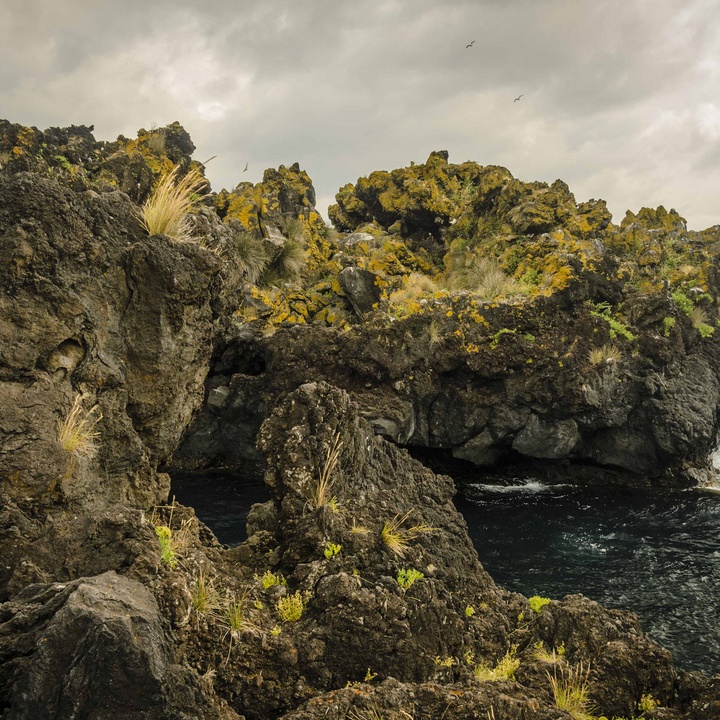Text size:
Geography


Located in the Archipelago’s Central Group, the island of Pico has a total area of 448.4 km², and it has the highest point of Portugal: Pico Mountain, with 2351 metres of altitude.
The island is 42 kilometres long in the east-west direction and 15.2 kilometres wide, being separated from Faial by a narrow inlet about 8.3 kilometres wide (4.5 nautical miles), known as Canal Faial-Pico (water channel).
The latitude and the longitude of Pico are 38°28'19"N and 28°21'50"W. It has 17 parishes distributed by its three counties, Lajes county (Calheta de Nesquim, Lajes do Pico, Piedade, Ribeiras, Ribeirinha and São João), São Roque do Pico county (Prainha, Santa Luzia, Santo Amaro, Santo António and São Roque) and Madalena county (Bandeiras, Candelária, Criação Velha, Madalena, São Caetano and São Mateus). The resident population is around 14 thousand inhabitants.
It has a temperate maritime climate, with annual average temperatures between 13 °C minimum and 23 °C maximum and high relative humidity. Due to the island's orography and geology, temperature variations are strongly related to altitude, exposure to solar radiation, proximity to the sea and the soil type.

